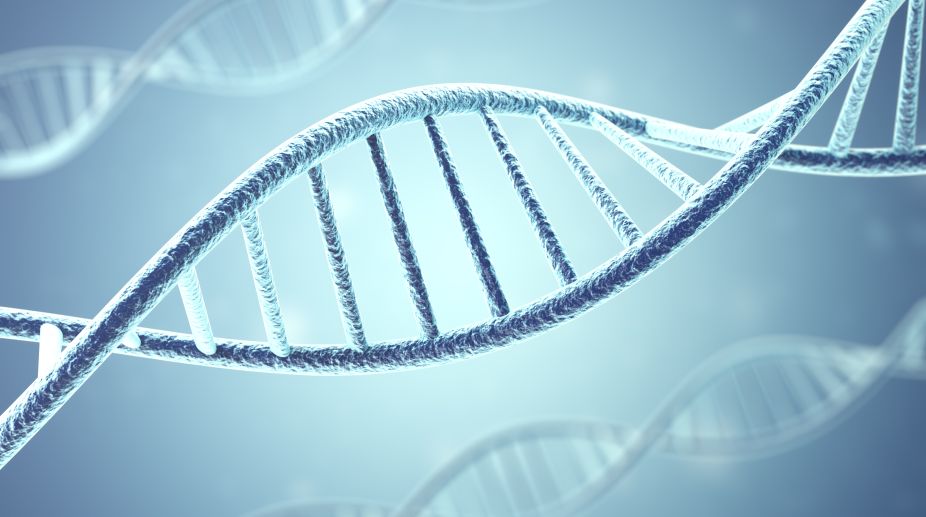The homologous recombination is based on DNA breakage-and-exchange but it does not in itself provide much information concerning the underlying molecular mechanisms. One of the simplest breakage-and-exchange models that might be envisioned would involve the cleavage of two homologous, double-stranded DNA molecules at comparable locations, followed by exchange and rejoining of the cut ends.
This model implies that genetic recombination should be completely reciprocal; that is, any genes exchanged from one chromosome should appear in the other chromosome, and vice versa. For example, consider a hypothetical situation involving two genes designated P and Q. If one chromosome contains forms of these genes called P1 and Q1, and the other chromosome has alterna-tive forms designated P2 and Q2, recipro-cal exchange would be expected to gene-rate one chromosome with genes P1 and Q2, and a second chromosome with genes P2 and Q1.
Although this reciprocal pattern is usually observed, recombination has been found to be non-reciprocal in some situations. For example, recombination might generate one chromosome with genes P1 and Q2, and a second chromosome with genes P2 and Q2. In this particular example, the Q1 gene expected on the second chromosome appears to have been converted to a Q2 gene. For this reason, non-reciprocal recombination is often referred to as gene conversion.
Advertisement
Gene conversion is most commonly observed when the recombining genes are located very close to one another. Because recombination between closely spaced genes is a rare event, gene conversion is most readily detectable in organisms that reproduce rapidly and generate large numbers of offspring, such as yeast and the common bread mould, neurospora.
Neurospora is an especially convenient organism in which to study gene conversion, because its meiotic cells are enclosed in a small sac, called an ascus, which prevents the cells from moving around and thus allows the lineage of each cell to be easily followed. Initially, each ascus contains a single diploid cell.
Meiotic division of this cell produces four haploid cells that subsequently divide by mitosis, yielding a final total of eight cells. Since the final division is mitotic, it should produce two identical progeny cells for each cell that divides. Yet in a significant number of cases, this mitosis produces two cells that are genetically different. Such unexpected results are most often observed with genes that are close to a site of genetic recombination.
How can mitosis produce two cells that are genetically different? The most straightforward explanation is that a chromosome contains one or more genes in which the two strands of the DNA double helix are not entirely complementary. When the two DNA strands in such a non-complementary region split apart and serve as templates for DNA replication, the two newly forming DNA molecules will have slightly different base sequences in this region and will thus represent slightly different genes.
The writer is associate professor, Head, Department of Botany, Anand Mohan College, Kolkata and also Fellow, Botanical Society of Bengal.
Advertisement











